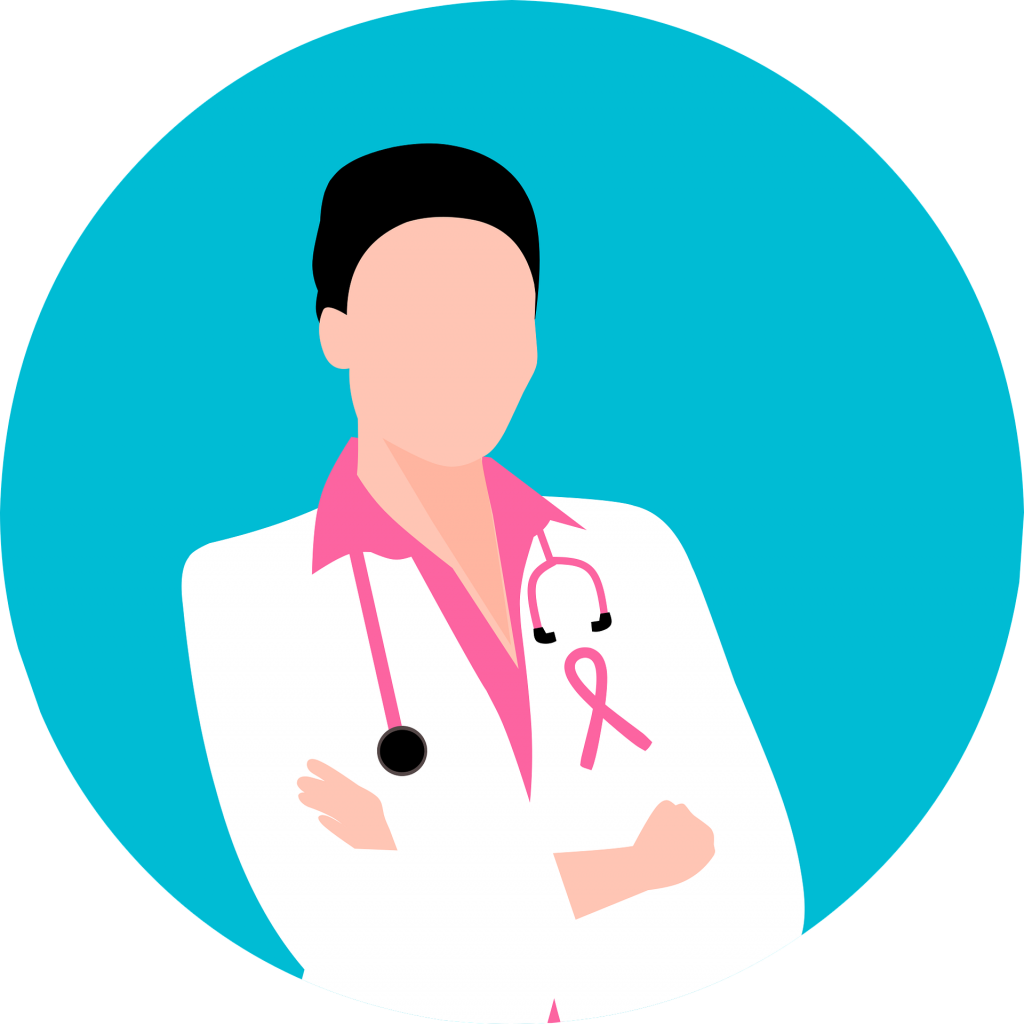
Early diagnosis of cancer provides the best chances for recovery, especially if you use alternative therapies in addition to traditional medications.
If the patient feels suspicious symptoms, he or she should consult his/her doctor about which tests and scans are best suited for the early detection of cancer. Research has shown that early screening of cancer can actually save lives.
The world cancer associations recommend early screening for people with moderate risk factors for the following types of cancer:
Complementary and Alternative medicine (CAM) is a different type of treatment. Unfortunately, most of this treatment has not been followed by scientific methods such as clinical trials or experiments on animals. When some alternative substances were tested, they did not work. The most recent example, the 2007 American Society of Clinical Oncology annual forum cited the failure of Phase III trials to compare shark cartilage in the treatment of lung cancer. Complementary therapy means the methods or substances used with the treatment followed. Alternative therapy is the material used to be a substitute for established treatments. The Journal of Clinical Cancer counts 453 cancer patients, 69% of whom have tried at least one complementary or alternative treatment during their treatment journey.

The US National Institute of Glutinous Mistletoe experience complementary therapies and herbal remedies with chemotherapy for the treatment of solid tumors. Doctors use acupuncture to control chemotherapy side effects such as nausea and vomiting. Psychotherapy, also a complementary therapy, may improve the patient’s mood.
Alternative therapies are many and different. Patients have used them because of the side effects of traditional treatments and their high cost. While specialists have not currently proven the efficacy of these therapies, some of them consider the propaganda and promotion of some of the materials allegedly effective in the treatment of cancer.
Healthprofessionals have conclusively proven that alternative therapies lead to a cancer cure. But the possibilities of alternative medicine may help to cope with the effects and alleviate the symptoms of cancer and the side effects of its treatments, such as fatigue, nausea, and pain. But first, one should discuss with his doctor the alternative treatments that may help. The doctor will also show you how safe these treatments are for you. These treatments include:

1. Tumor: Any abnormal growth or hyperplasia, or the appearance of a strange mass in the body. The term tumor is a synonym for the word neoplasm. But the tumor means hard neoplasm, and there are non-solid nuclei – such as leukemia – which do not produce tumors.
2. Tumorigenesis: the process by which normal cells become cancerous.
3. Neoplasm: Proliferation of cells with genetic mutations. And nurturing cells are of two types:
4. Malignant tumor: cancer.
5. Benign neoplasm: a development characterized by limited, non-invasive, and non-metastasis.
6. Invasive Tumor: This is another synonym for cancer. It refers to the invasion of cancer cells into the tissue surrounding cancer.
7. Pre–malignancy, pre-cancer, and non-invasive tumor: Synonyms for non-invasive neoplasia, but there is a high probability of becoming malignant if left untreated. The lesion becomes more likely to become cancer as the cells progress from Atypia cells to Dysplasia and end up with carcinoma.
8. Screening: a test for healthy people to detect tumors before they appear.
9. Diagnosis is to ascertain the nature of the cancerous mass. The surgeon does this diagnosis by taking a Screening sample of the tumor or removing it completely and then testing by a pathologist.
10. Surgical Excision: A surgical removal of the tumor.
11. Surgical Margins: This is the pathologist’s assessment of the edges of the excised tumor, to determine if the tumor has been completely removed (negative edges) or if a portion that has not been removed (positive edges) remains positive.
12. Tumor Grade: A number (often 1 to 3) given by a pathologist to describe the degree of similarity between cancer cells and healthy cells surrounding cancer.
13. Stage of the tumor: a number (often from 1 to 4) given by the pathologist to describe the degree of cancer invasion of the human body.

14. Metastasis: new tumors that appear in places away from the first tumor.
15. Transformation: the transformation of a low-grade Tumor into a high-grade Tumor during a given time. An example of this is Richter’s transformation.
16. Chemotherapy: The treatment of tumors with drugs.
17. Radiotherapy: It is intended for radiation oncology.
18. Adjuvant therapy: Chemotherapy or radiation therapy is recommended after surgical treatment to kill any remaining cancer cells.
19. Prognosis: the possibility of recovery after treatment. They are often measured with a probability of survival of at least five years after diagnosis. Or is the time when the proportion of living patients is 50%. Doctors have drawn these statistics from hundreds of similar cases to give the so-called Kaplan-Meier curve.
Cancers are classified based on the similarity between the cancer cell and the healthy cell. Examples of cancers:
20. Cancer Carcinoma: Cancers stemming from Epithelial Cells. They form the largest group of cancers in general, especially in breast, prostate, lung, and pancreatic cancers.
21. Sarcoma – cancers that originate from connective tissue or Mesenchymal cells.
22. Lymphoma and Leukemia: Cancers originating from hematopoietic cells.
23. Germ cell – tumors stemming from totipotent cells. They exist in the testicles and ovaries of adults, as well as in embryos, infants, and young children.
24. Blastic tumor: a tumor that resembles immature tissue or embryonic tissue. Most cases of this disease are young.
25. Mammogram: One of the options used to diagnose breast cancer cases.
Leave a comment